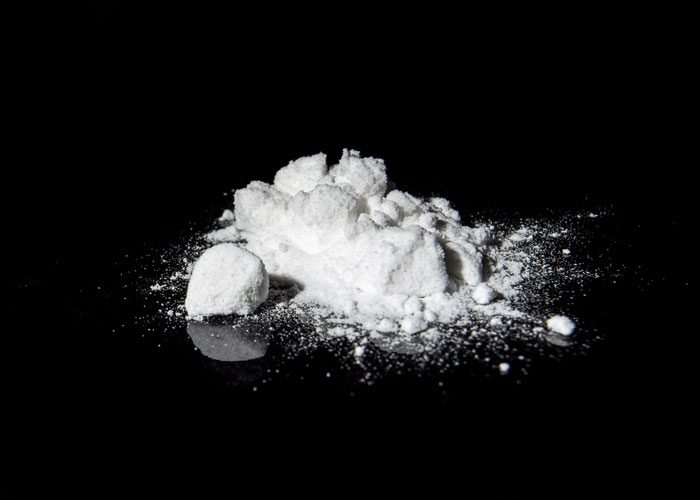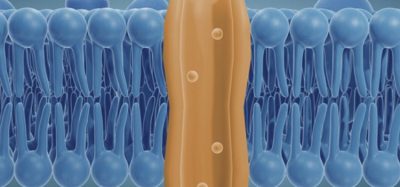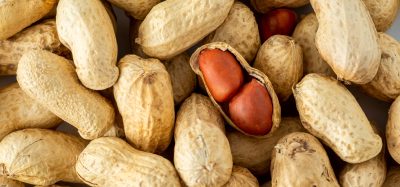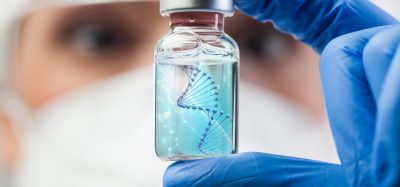G-CSF protein involved in cocaine addiction
Posted: 18 January 2018 | Dr Zara Kassam (Drug Target Review) | No comments yet
Researchers have identified a protein produced by the immune system that could be responsible for the development of cocaine addiction…


Researchers have identified a protein produced by the immune system–granulocyte-colony stimulating factor (G-CSF)–that could be responsible for the development of cocaine addiction.
A study showed that G-CSF can alter a mouse’s desire for cocaine, but not for other rewards. This effect is modulated by a brain region that plays a central role in reward processing and addiction. If applicable to humans, these findings represent a potential therapeutic approach to decrease a cocaine addict’s motivation to seek the drug without introducing a potential new substance for abuse.
Previous research has demonstrated a link between cocaine use and the immune system in humans and animals, with addicts showing altered immune responses to drugs and drug cues. In this study, the research team identified G-CSF–a cytokine produced by immune cells which was expressed at higher levels in both the blood and brain in mice that were treated with repeated doses of cocaine –. Injecting G-CSF into the nucleus accumbens, a brain region associated with reward, causes mice to take more cocaine but does not change their motivation to consume a more natural reward, sugar water. Conversely, injecting an antibody that neutralises G-CSF in the nucleus accumbens can reduce the mouse’s motivation to take cocaine. Taken together, the results from this study suggest that manipulating G-CSF in the reward centre of the brain changes the biochemical signals that push animals to take cocaine.
Biomarkers are redefining how precision therapies are discovered, validated and delivered.
This exclusive expert-led report reveals how leading teams are using biomarker science to drive faster insights, cleaner data and more targeted treatments – from discovery to diagnostics.
Inside the report:
- How leading organisations are reshaping strategy with biomarker-led approaches
- Better tools for real-time decision-making – turning complex data into faster insights
- Global standardisation and assay sensitivity – what it takes to scale across networks
Discover how biomarker science is addressing the biggest hurdles in drug discovery, translational research and precision medicine – access your free copy today
“The results of this study are exciting because outside of 12-step programs and psychotherapy, no medication-assisted therapy exists to treat cocaine addiction,” said the study’s senior author, Dr Drew Kiraly, Assistant Professor of Psychiatry at Icahn School of Medicine at Mount Sinai. “Drugs that manipulate G-CSF already exist as FDA-approved medications. Once we clarify how G-CSF signalling can best be targeted to reduce addiction-like behaviours, there is a high possibility that treatments targeting G-CSF could be translated into clinical trials and treatments for patients.”
The results of the study will be published online in Nature Communications.
Related topics
Drug Development, Drug Discovery Processes, Protein, Proteomics
Related conditions
Addiction, Cocaine addiction
Related organisations
Icahn School of Medicine at Mount Sinai., Mount Sinai
Related people
Dr Drew Kiraly








